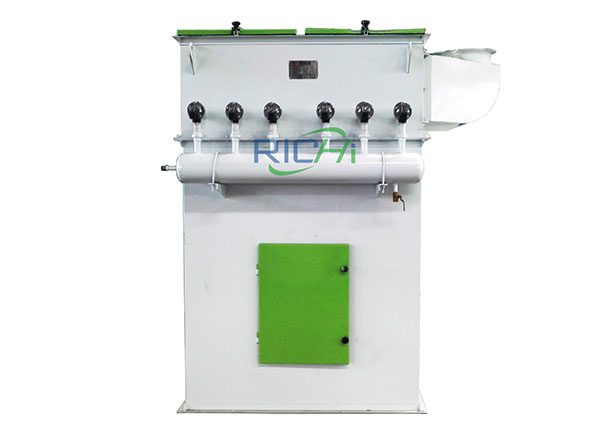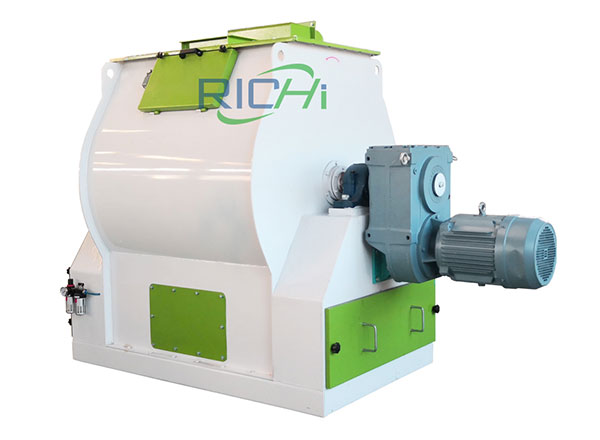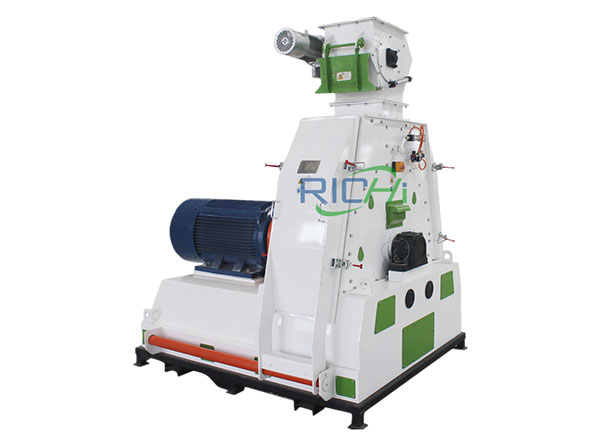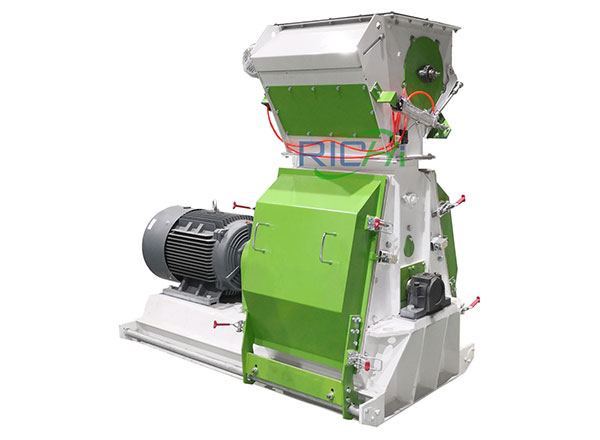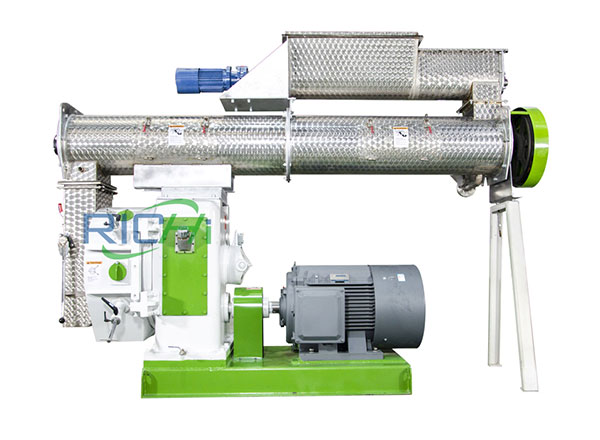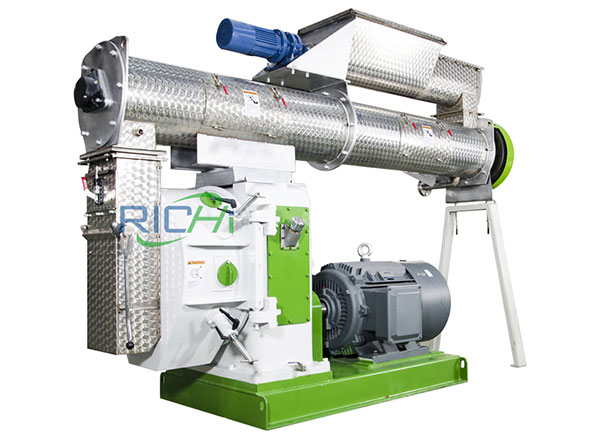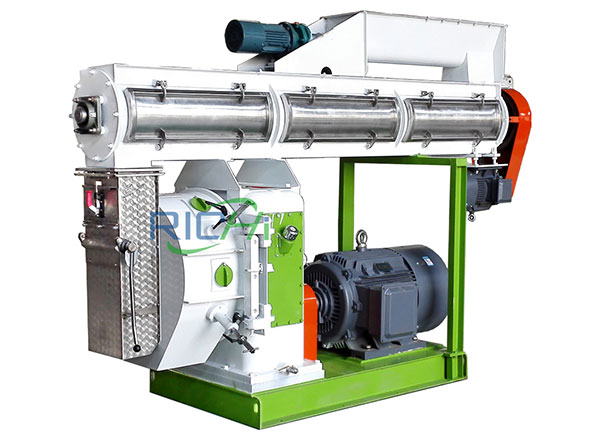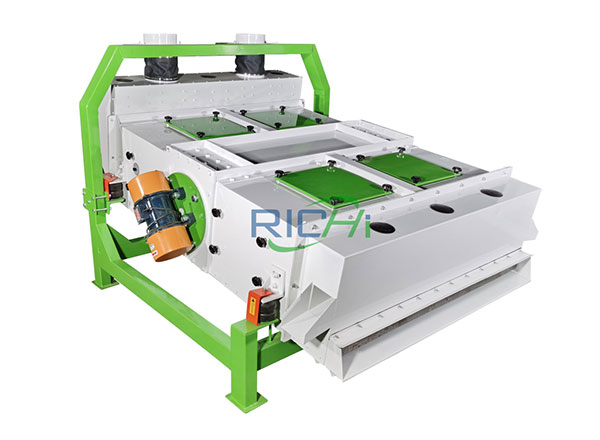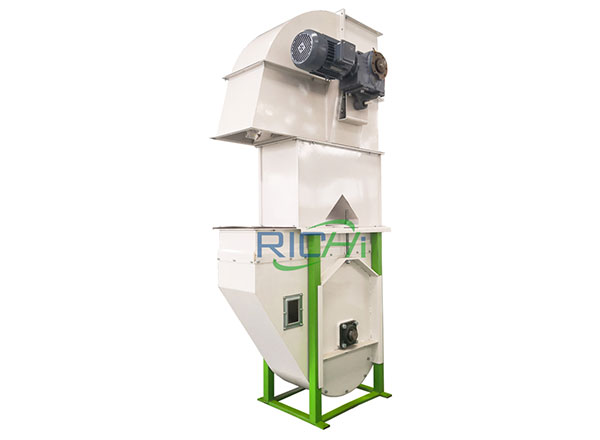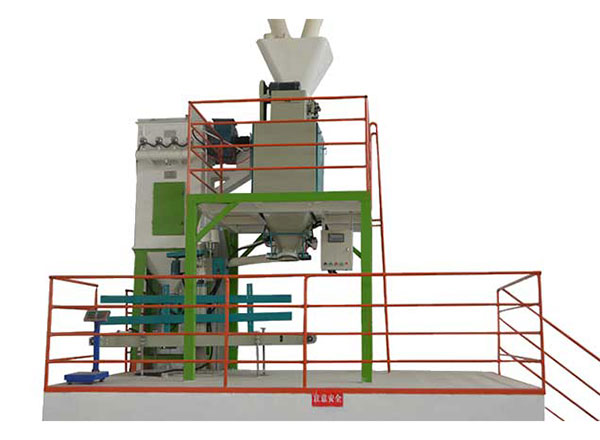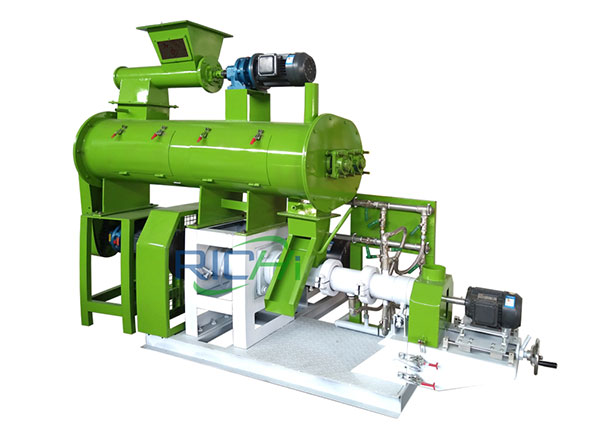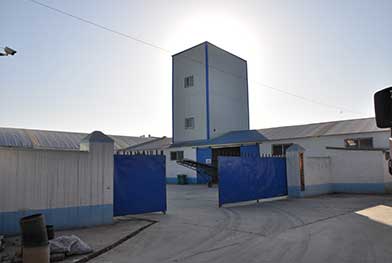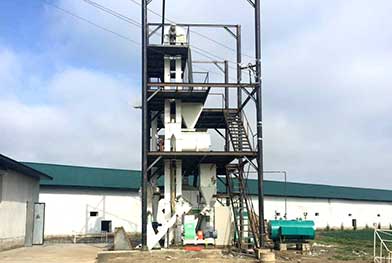Starting livestock feed pellet plant has been a profitable business endeavor in many countries. Livestock feed pellet plant production line is mechanical equipment that specializes in making pig feed, horse feed, cattle feed, sheep feed, donkey feed, rabbit feed, and so on. How to make livestock feed? You need livestock feed pellet plant production line equipment. Richi machinery high performance livestock feed pellet plant production line with an output range of 1 ton/hour to 100 ton/hour. Complete livestock feed pellet plant production line includes raw material storage, cleaning machine, crushing machine, mixing machine, pellet machine, cooling machine, screening machine, packaging systems, transportation and electronic control system.
Raw Material
There are thousands of raw materials for livestock feed. The most common ones are soybean meal, cornmeal, bran, cotton cake, rapeseed cake, soybean cake, bone meal, baking soda, premix, salt, corn stalk, wheat stalk, soybean stalk, peanut Seedlings, sweet potato seedlings, pasture, weeds, straw, distiller's grains, tofu residue, etc. Under modern breeding conditions, the food structure of cattle is generally based on two types of forage and concentrated feed, which are appropriately matched with other roughage. Forages are generally based on fresh grass, hay, and tree stems and leaves. Common coarse materials include distiller's grains and tofu residue. So, forage or roughage is generally easy to find, and you can buy it directly from a raw material supplier.
How to Make Livestock Feed
(1) Raw Material Crushing Section:
The feed grinder can grind the raw material ingredients to the required size. The grind fitness is different of different grinders. We supply four types of feed grinders. The hammer mills are suitable for small-sized or medium-sized feed pelletizing plants. The wide chamber fine grinders and water drop hammer mills are usually used in large-sized and medium-sized feed pelletizing factories. The ultra fine feed grinder is designed for grinding raw materials of special aquatic feed.
(2) Feed Material Mixing Section:
Mixing is considered to be one of the essential operations in feed pellet processing. Lack of proper mixing may lead to reduced diet uniformity, affecting the feed pellet quality. We supply two kinds of high efficiency feed mixers: twin-shaft mixer for mixing powdered or particle materials and screw belt mixer for mixing powdered materials. Both of them can be equipped with atomizing spraying system to add needed liquids, which can improve the feed pellet quality.
(3) Feed Pelletizing Section:
Feed pellet mill is the main equipment of the whole production line. There are two common kind of feed pellet mills: ring die feed pellet mill and flat die feed pellet mill. If you want to produce feed pellets with large quantity, the ring die feed pellet mill is the ideal choice. If your demanded quantity is small, you can choose the flat die feed pellet mill. Also, we supply the aquatic feed pellet mill for pressing fish feed pellets and shrimp feed pellets etc. If you have more question about customized feed pellet production requirement, please feel free toleave message or send email for more support.
(4) Feed Pellet Cooling Section:
The feed pellets pressed out by the feed pellet mill are hot and moist. They can't be crushed, screened or packed immediately. Counterflow feed pellet cooler is designed to cool or dry the feed pellets. It can decrease the temperature and moisture of the feed pellets, preparing for the following Sectiones.
(5) Feed Pellet Crushing Section:
Different poultry, livestock or aquatic feed pellets are with different sizes. Some big ones should be crushed into small ones. Roll type feed pellet crumbler is just the equipment for feed pellet crushing. Double-roll feed pellet crumbler is suitable for crushing poultry feed, such as chicken feed, duck feed and goose feed etc. Three-roll feed pellet crumbler is suitable to crush aquatic feed including fish feed and shrimp feed etc.
(6) Feed Pellet Screening and Grading Section:
The crushed feed pellets are with different sizes, and there may be some powder. Therotary grading sieve can be used to screen and grade the feed pellets. After processing, you can get the qualified feed pellets without fine powder.
(7) Feed Pellet Packing Section:
The feed pellets should be packed for transporting, storing or selling. Automatic weighing and packing machine can weigh and pack the pellets automatically with high accuracy.
(8) Automatic PLC Control System:
With the automatic PLC control system, the production line is with high efficiency and convenient operation.
Advantages of Feed Pellets
- Reduced selective feeding
- Decreased ingredient segregation
- Decreased feed wastage
- Destruction of pathogenic organisms
- Reduced storage spaces
- Allows partial gelatinisation of starch and modification of the protein in grains making them more susceptible to enzymatic action and better digestion.
- Reduced dustiness and increased palatability thus making for greater consumption
- Increased utilisation of fibrous fraction of feedstuffs
Adaptable to bulk and mechanised feeding
Our Advantage
If your team is going to build a livestock feed pellet production line, the advantage of choosing us is that richi will help you:
1.Determine the scale of livestock feed mill.
2.Determine the feed process and recommend livestock feed machine.
3.Control mode selection.
4.Livestock feed manufacturing plant structure selection.
5.Planning the general drawing of livestock feed mill plant site.
6.We devote ourselves to undertaking all livestock feed production line 1-100 t/h.
Richi Machinery Feed Pellet Equipment Project Distribution
| No. |
Continent |
Country |
| 1 |
Europe |
Germany, Britain, Russia, Ukraine, Netherlands, Belgium, Slovenia, Bosnia and Herzegovina, Poland, Lithuania, Moldova |
| 2 |
America |
United States, Mexico, Colombia, Chile, Bolivia, Ecuador, Trinidad and Tobago, Dominica, Bahamas, Puerto Rico, Honduras, El Salvador, Panama, Peru |
| 3 |
Asia |
Uzbekistan, Russia, Kazakhstan, China, Cambodia, Myanmar, Thailand, Malaysia, Canada, Indonesia, Philippines, Sri Lanka, Bangladesh, Nepal, Oman, Cyprus, Syria, Lebanon, Palestine, Pakistan, Israel, Iraq, Saudi Arabia Arabia, Yemen, UAE, Qatar, Afghanistan, Georgia, Bahrain |
| 4 |
Africa |
Algeria, Ethiopia, Kenya, Tanzania, Nigeria, Zimbabwe, Botswana, South Africa, Comoros, Malawi, Mozambique, Sudan, Tunisia, Libya, South Sudan, Somalia, Rwanda, Uganda, Mauritania, Senegal, Gambia, Guinea , Cape Verde, Sierra Leone, Ghana, Benin, Côte d’Ivoire, Burkina Faso, Madagascar, Cameroon, Equatorial Guinea, Congo (DRC), Zambia, Angola |
| 25 |
Oceania |
Australia, Papua New Guinea, New Zealand |


